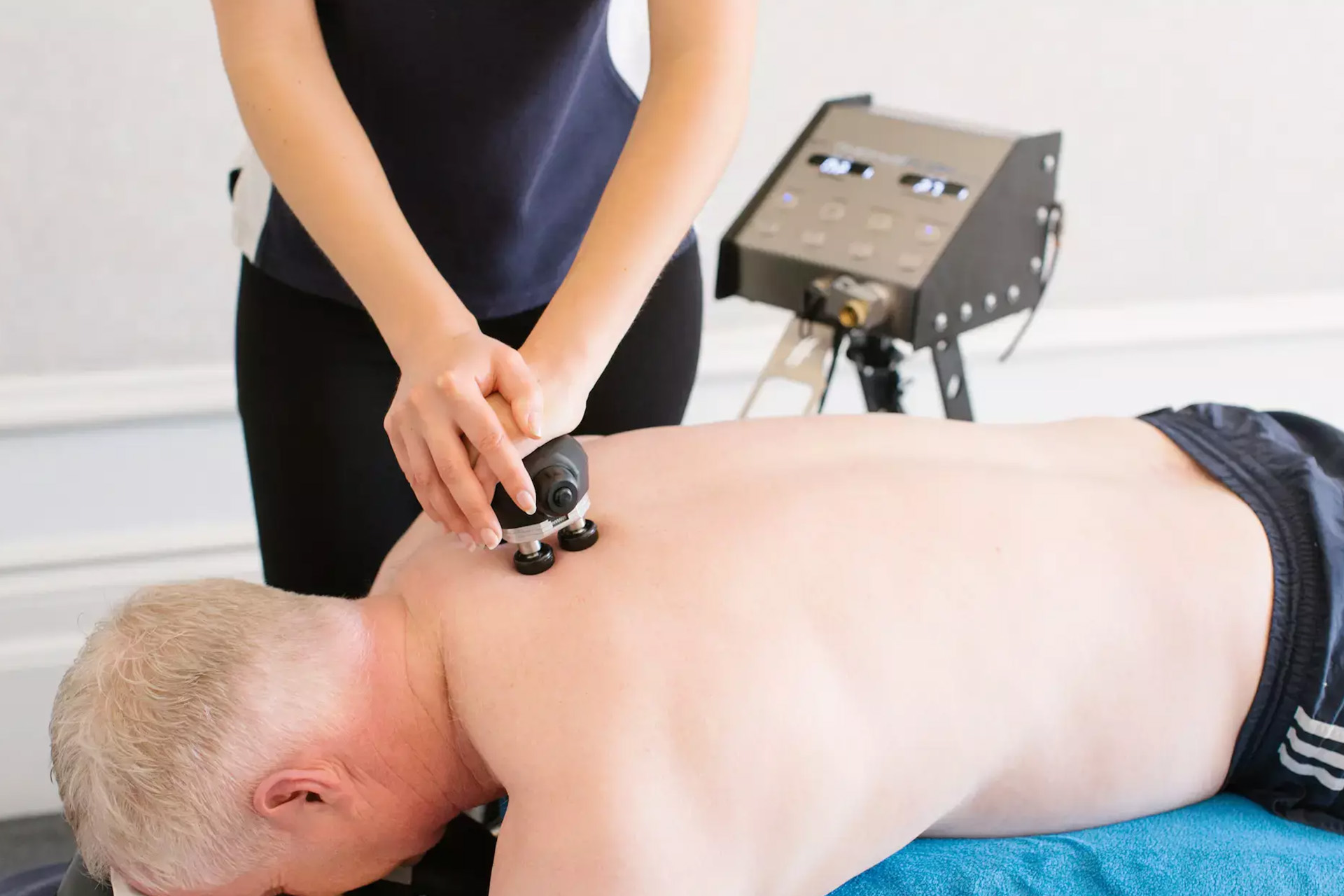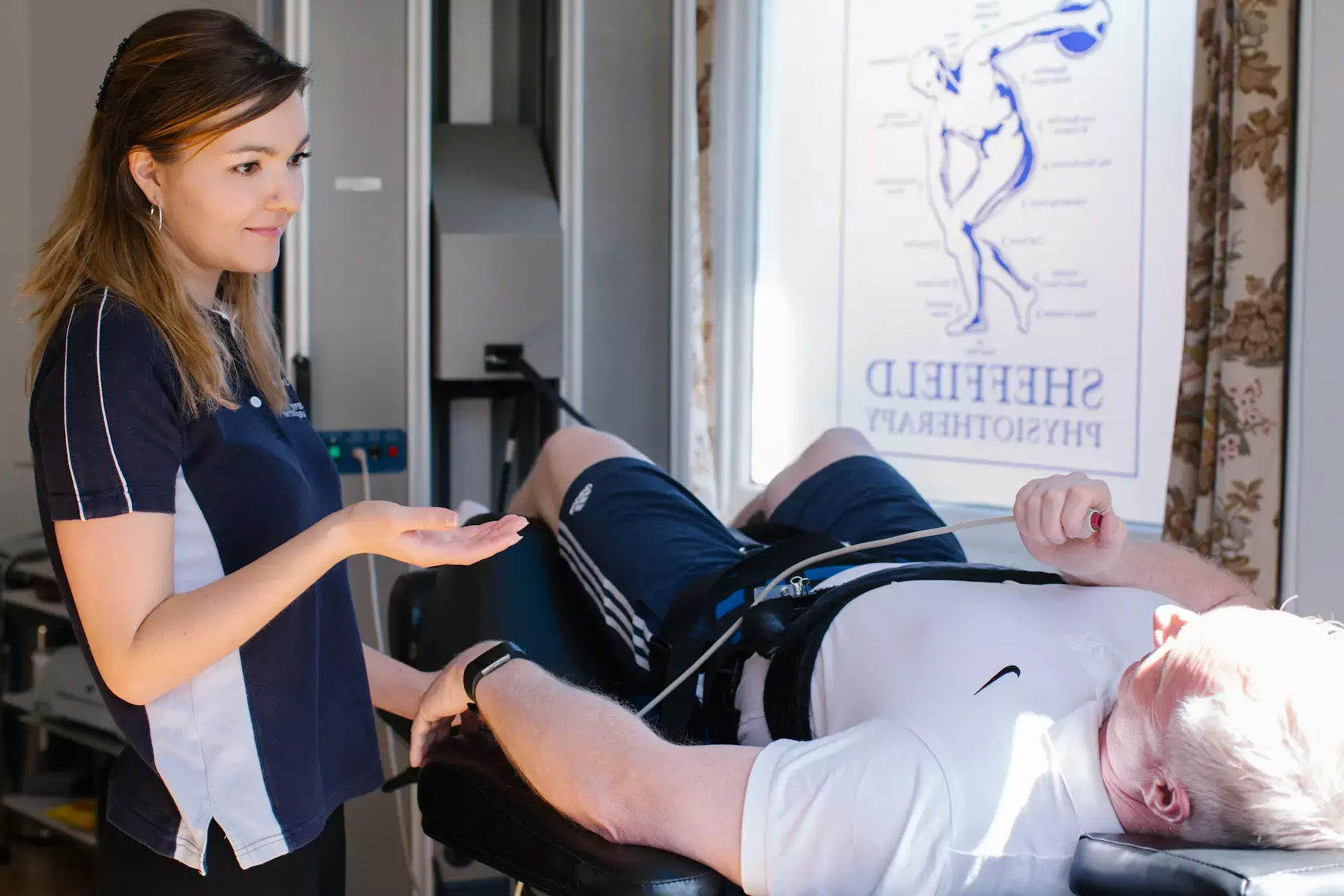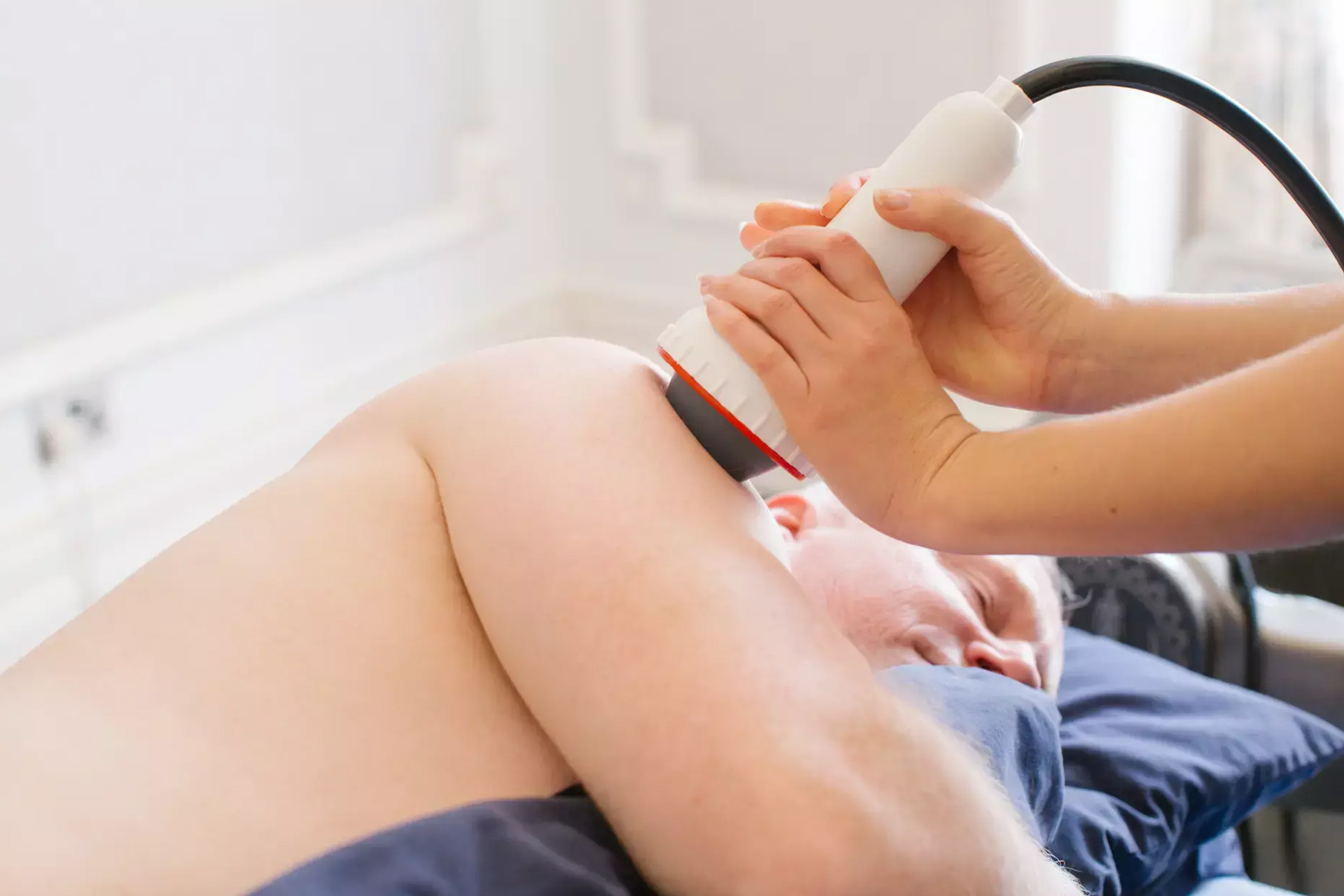Spinal Conditions
Developing a better understanding of the causes of spinal pain helps you to improve the way you respond to the injury and therefore better facilitate your body’s natural healing potential
Physio Treatment for Spinal Conditions
The body heals its self, but often when we have an injury rather than facilitating the healing process we inadvertently sabotage it!! This happens because we often don’t fully understand the processes that are involved and therefore misread the signs. As a consequence you do too much when you should do less and then when you should do more you end up doing too little!!
Developing a better understanding of the causes of spinal pain helps you to improve the way you respond to the injury and therefore better facilitate your body’s natural healing potential (which is huge)!!! When we combine your improved response to the injury with physiotherapy treatment it can really help relieve the symptoms and promote healing, speeding your recovery and helping prevent a recurrence.

Herniated Disc Treatment
We are one of the few clinics in the UK equipped to treat herniated (slipped) or bulging discs with non-surgical treatment and physiotherapy.
Sciatica Treatment
Discover lasting relief from sciatica with our expert physiotherapy and innovative IDD Therapy. Take the first step to a pain-free life today.
Causes of Spinal Pain
For the spine to function correctly two things are vital:
1. The spine must be supple throughout its length. If through poor posture or injury, areas of the spine stiffen up this leads to overstrain in the areas above and below the stiff segments.
2. The spine must be properly aligned. If some of the vertebra become rotated or tilted relative to the rest of the spine then those segments will become a focus for increased stress.
The spine operates as a single unit and therefore needs to remain supple and malleable throughout its length in order to to avoid areas of overstrain developing. The spine is an error free system that uses the stretch reflex arc (the involuntary muscle contraction provoked when a tendon is hit with a rubber hammer) to maintain each vertebra in correct alignment.
This system allows controlled fluid movement because when the muscles on one side of the spine contract to produce movement the muscles on the other side automatically pay out and therefore the correct relative position of each vertebra is maintained. We are able to adjust the level of tension in the muscles so that if we are going to lift a heavy weight for example we automatically tense up the muscles.
If this mechanism fails the result is a rotation (most common in the neck) or a tilt (most common in the lumber spine) of a spinal segment relative to the rest of the spine. In young people this usually requires some form of forceful twisting injury such as a fall water skiing or a car accident.
As people get older and as described earlier some areas of the spine stiffen up causing overstrain typically in the low back and neck the forces required get progressively less as these segments become increasingly unstable. At a result the rotation/tilt normally occurs with a minor movement such as reaching to pick something up off the floor. This is what is happening when someone feels something “go” in their back or neck.
One of the major reasons that spinal pain is such a problem is that there no natural way for the spine to realign itself. Manipulation of the spinal level can correct it and is often hailed as a miracle, but once you understand that the cause of the instability, which is the stiffened segments has not been addressed its easy to understand why the problem often returns.
Solution to Spinal Pain
The solution to the majority of spinal pain is to restore mobility to the stiffened segments and correct any rotations or tilted segments therefore reducing the strain on damaged discs, ligaments and joints.
The reason that spinal pain has become such a problem is that it is virtually impossible to achieve this by hand alone. Fortunately now after years of research Theraflex has been developed specifically to achieve these goals.
The Theraflex handset has four fingers, which act like a bionic hand, its mechanism is so precise that the therapist retains a superb feel of the joints, muscles and soft tissues.
The handset gives the therapist the required tool for the task of restoring mobility and correcting the alignment of a patient’s spine.
Once treatment starts tissues usually begin to heal and the pain will begin to subside this results in any protective muscle spasm beginning to reduce, relieving the compressive forces they had been exerting on the spine. This reduction in compression particularly benefits the inter-vertebral discs as it can cause them to bulge and dehydrate.
Reduced muscle spasm leads to a virtuous circle of further improvement in pain and healing and therefore a further reduction in protective muscle spasm. Prior to being treated with Theraflex a full spinal assessment is carried out to arrive at a clinical diagnosis. If Theraflex treatment is indicated then the first treatment session can be given. The treatment works on the whole spine and typically requires 5-6 sessions before you can start getting back to the activities you had been avoiding.
Spinal Condition Treatment

Theraflex (bionic mobilisation)
Theraflex treatment is a form of bionic mobilisation for the spine. It gives the physiotherapist the ability to progressively restore movement of the spine wherever it has become restricted, relaxing tight muscles and helping to relieve trapped nerves.

IDD Therapy (spinal decompression)
IDD Therapy is the number one non-invasive spinal disc treatment, for people suffering with back or neck pain which has proved challenging to improve with standard physiotherapy, osteopathy or chiropractic treatment.

CS1-Shockwave
CS1 Shockwave is a cell level treatment that promotes healing and reduces pain. The treatment involves directing intense pressure pulses into the body at the site of the pain and injury. It is ideal for treating challenging tendon and ligament injuries, as well as long-standing spinal pain.
Take The First Step To A Pain-Free Future
Book an Appointment Online
Ask a Question
Fill in this form and one of our friendly team members will be in touch
Contact Details
Give us a call
Drop us an email
Visit us
476 Ecclesall Road, Sheffield, S11 8PX
Opening Times
Monday
08:00-18:00
Tuesday
08:00-18:00
Wednesday
08:00-18:00
Thursday
08:00-18:00
Friday
08:00-17:00
Saturday & Sunday
Closed
